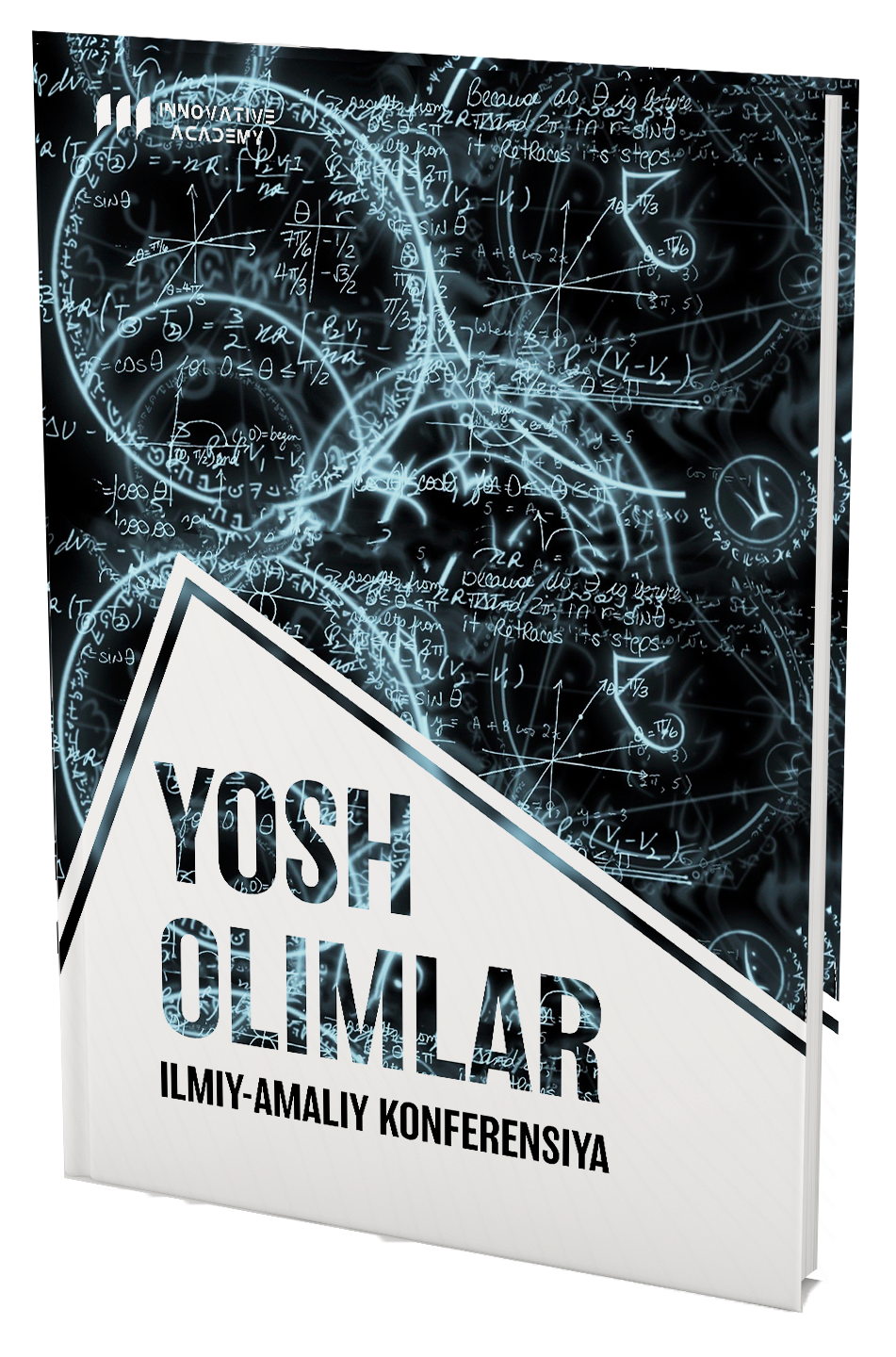COMPARING LINGUISTIC DEVICES IN ENGLISH AND UZBEK NON-REALISTIC WORKS
Main Article Content
Аннотация:
The use of linguistic devices is a crucial aspect of conveying symbolism and deeper meaning in non-realistic literature. This discussion delves into the comparison of linguistic devices, specifically metaphor, simile, and allegory, in English and Uzbek non-realistic works. By examining how these devices are employed in both traditions, we can gain insights into the cultural and linguistic nuances that shape the interpretation of symbols.
Article Details
Как цитировать:
Библиографические ссылки:
Carroll, L. (1865). Alice's Adventures in Wonderland. Macmillan.
Bunyan, J. (1678). The Pilgrim's Progress. John Bunyan.
Navoi, A. (15th century). Divan-i-Lughat al-Turk. Translated by E. H. Rodwell (1872). Kegan Paul, Trench, Trubner & Co.
Emre, Y. (13th century). Selected Poems. Translated by F. Hadland Davis (1911). J.M. Dent & Sons Ltd.
Coleridge, S. T. (1798). The Rime of the Ancient Mariner. Printed by T. and N. Longman, and O. Rees.
Сарсенбаева З. Лингвокультурологический анализ культуры каракалпаков в пословицах //Общество и инновации. – 2022. – Т. 3. – №. 8/S. – С. 39-42.
Сарсенбаева З. Ж. Grammatical expressions of proverbs in the past indefinite tense with translations in Karakalpak and Russian languages //Pedagogical Sciences. – С. 48.
Sarsenbaeva Z., Uteshova Z. Principles of Teaching Karakalpak Students English Speech Etiquette //Humanising Language Teaching. – 2022. – Т. 24. – №. 4.

